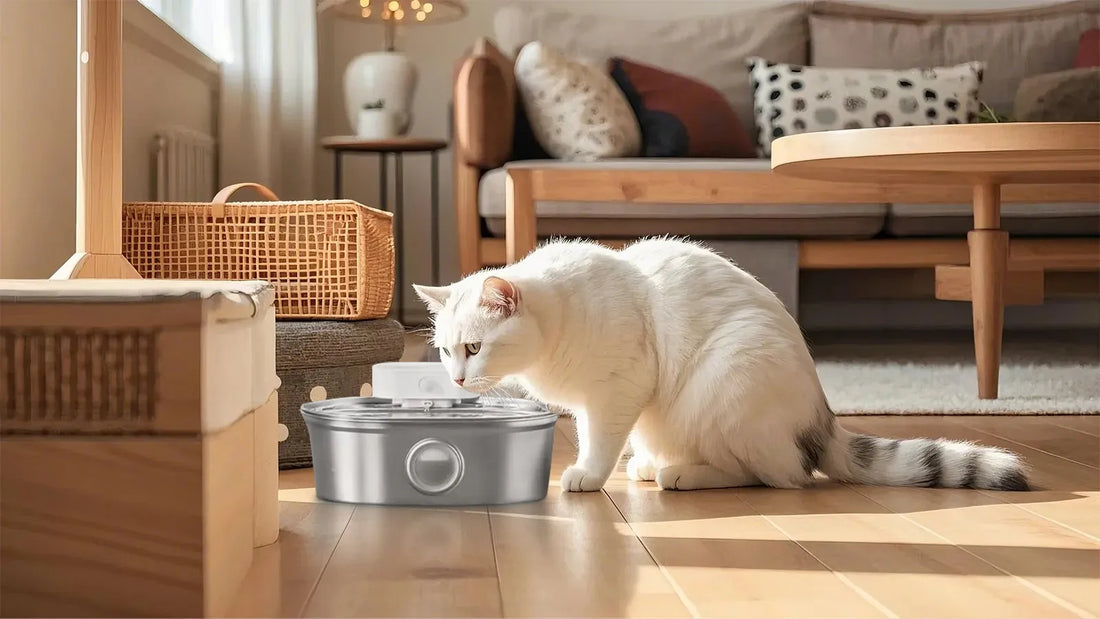When it comes to feeding large dogs, many pet owners overlook the importance of how their furry friends eat. A slow feed dog bowl for large dogs can be a game-changer, promoting healthier eating habits and preventing common issues like bloating and obesity. This comprehensive guide will explore the benefits, features, and tips for choosing the right slow feed bowl for your canine companion.
Why Large Dogs Need Slow Feed Bowls
Large dogs are often prone to eating too quickly, which can lead to a variety of health problems. Rapid eating can cause bloating, a serious condition that can be life-threatening. Additionally, fast eaters are more likely to choke or vomit after meals. A slow feed dog bowl is designed to slow down the eating process, making it safer and healthier for your pet.
Benefits of Using a Slow Feed Dog Bowl
Using a slow feed dog bowl offers numerous benefits for large dogs. Firstly, it helps prevent bloating by encouraging slower, more controlled eating. Secondly, it aids in digestion, as food is chewed more thoroughly. Thirdly, it can help with weight management by making meals last longer, which can reduce overeating. Lastly, it provides mental stimulation, as dogs have to work a bit harder to get their food.
Features to Look for in a Slow Feed Dog Bowl
When choosing a slow feed dog bowl for large dogs, there are several features to consider. Look for a bowl made from durable, non-toxic materials that are easy to clean. The design should include obstacles or ridges that slow down eating without frustrating your dog. Additionally, ensure the bowl is the right size for your dog, as large breeds need larger bowls to accommodate their meals.
How to Transition Your Dog to a Slow Feed Bowl
Transitioning your dog to a slow feed bowl may take some time, especially if they are used to eating quickly. Start by mixing their regular food with the slow feed bowl, gradually increasing the amount over time. Be patient and monitor your dog's progress, making adjustments as needed. Positive reinforcement, such as praise or treats, can also help ease the transition.
Tips for Maintaining a Slow Feed Dog Bowl
To ensure your slow feed dog bowl remains effective and hygienic, regular maintenance is essential. Clean the bowl thoroughly after each use to prevent the buildup of bacteria. Check for any signs of wear and tear, and replace the bowl if it becomes damaged. Additionally, monitor your dog's eating habits to ensure the bowl continues to meet their needs.
Common Misconceptions About Slow Feed Bowls
There are several misconceptions about slow feed dog bowls that can deter pet owners from using them. Some believe that these bowls are only for overweight dogs, but they are beneficial for all dogs, especially large breeds. Others think that slow feed bowls are difficult to clean, but most are designed for easy maintenance. Understanding these misconceptions can help you make an informed decision for your pet.
How Slow Feed Bowls Promote Mental Stimulation
Slow feed bowls do more than just slow down eating; they also provide mental stimulation for your dog. The obstacles and ridges in the bowl require dogs to think and strategize as they eat, which can be mentally engaging. This added stimulation can be particularly beneficial for dogs that spend a lot of time alone or are prone to boredom.
The Role of Slow Feed Bowls in Weight Management
Weight management is a common concern for large dog owners, and slow feed bowls can play a significant role in addressing this issue. By slowing down the eating process, these bowls help dogs feel fuller for longer, reducing the likelihood of overeating. Additionally, the added mental stimulation can help prevent boredom-related eating, further aiding in weight management.
Choosing the Right Slow Feed Bowl for Your Large Dog
Selecting the right slow feed bowl for your large dog involves considering several factors. Size is crucial, as large dogs need bowls that can accommodate their meals without being too cumbersome. Material is also important, with options ranging from plastic to stainless steel. Finally, consider the design and how it will impact your dog's eating habits, ensuring it is effective without being frustrating.
Real-Life Benefits: Stories from Dog Owners
Many dog owners have seen significant improvements in their pets' health and behavior after switching to a slow feed bowl. Stories abound of dogs who no longer suffer from bloating, have better digestion, and are more engaged during meal times. These real-life experiences highlight the transformative potential of slow feed bowls for large dogs.
If you're looking to improve your large dog's eating habits and overall health, a slow feed dog bowl could be the solution you've been searching for. With numerous benefits and a variety of options available, it's worth considering for your furry friend. Make the switch today and see the difference it can make in your dog's life.













